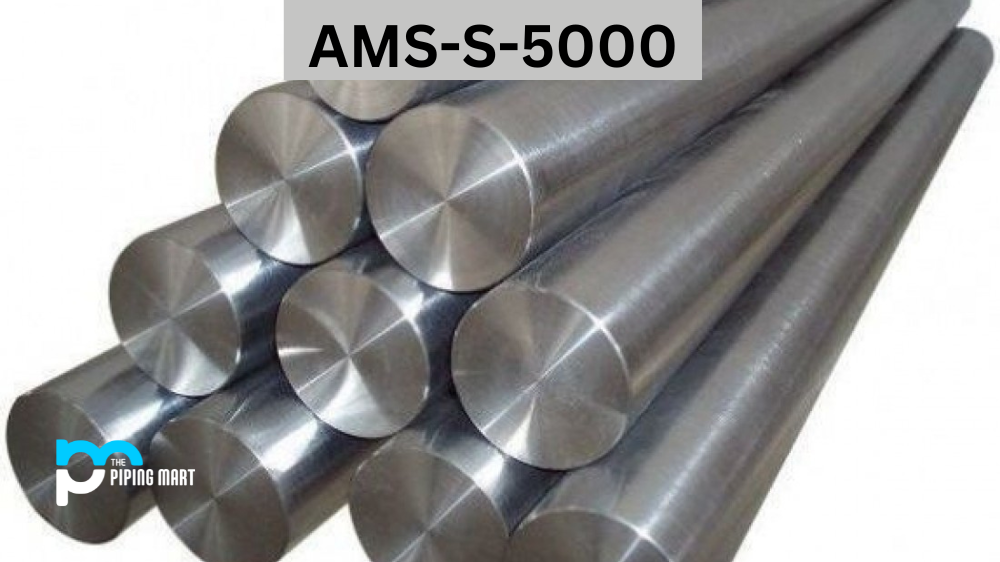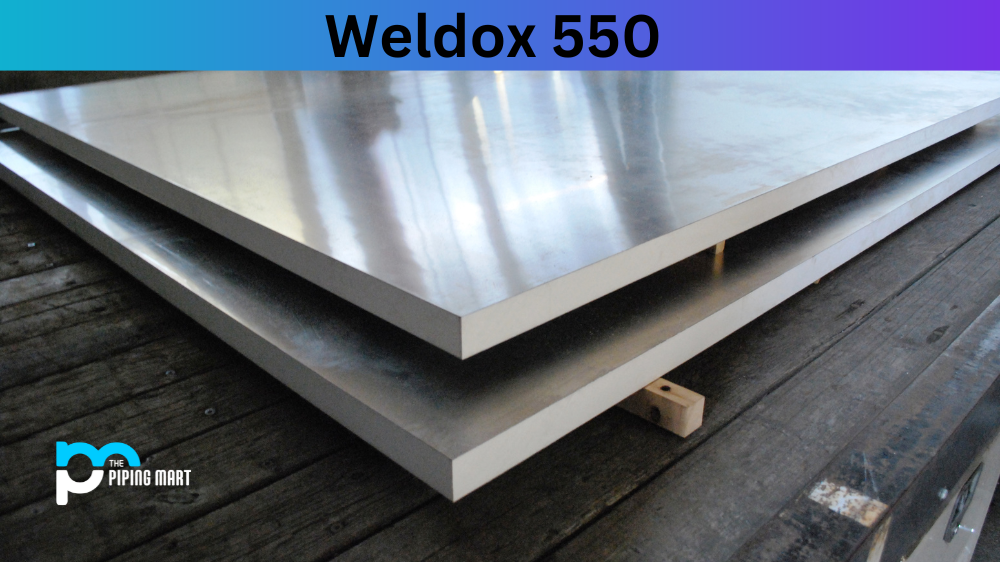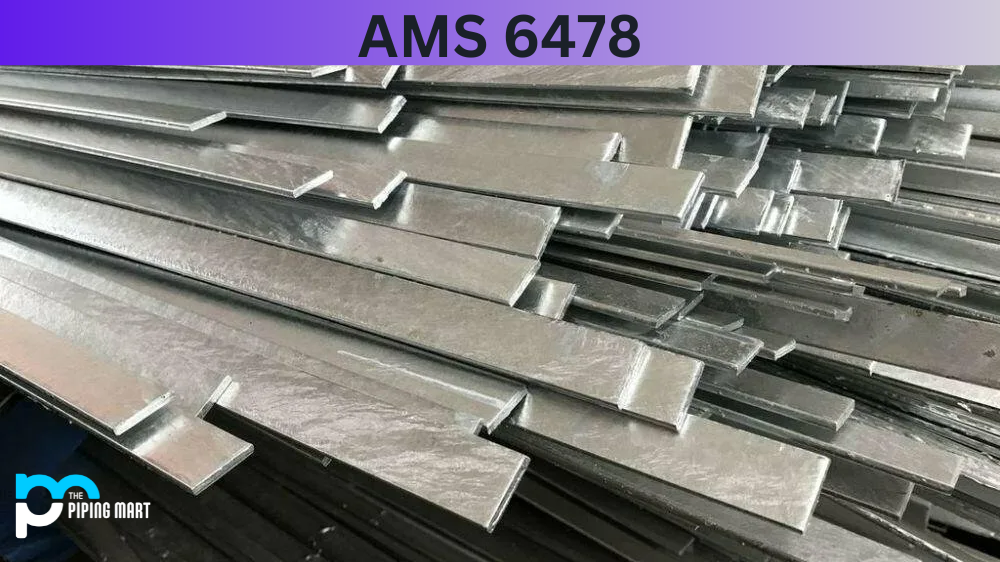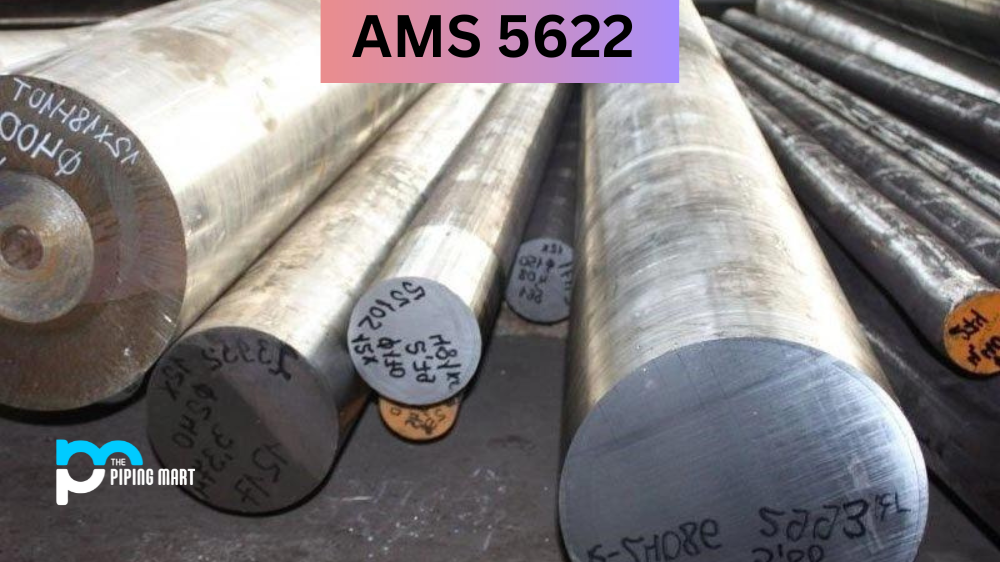Stainless steel is a widely used material in various industries due to its strength, robustness, and resistance to corrosion. From cutlery to skyscrapers, stainless steel finds its application due to its exceptional properties. One of the most versatile stainless steel alloys is AMS-S-5000. This alloy is known for its excellent mechanical properties, corrosion, and heat resistance. This blog will discuss everything you need about AMS-S-5000, including its composition, physical and mechanical properties, uses, hardness, and heat treatment.
What is AMS-S-5000?
AMS-S-5000 is a standard set by the Society of Automotive Engineers (SAE) that outlines the requirements for corrosion-resistant steel. Aerospace engineers and manufacturers need to use materials resistant to corrosion to ensure the safety and reliability of aircraft. AMS-S-5000 specifies the testing and certification procedures required by steel manufacturers to ensure their product meets the necessary standards. So, the next time you hear the term AMS-S-5000, you’ll know that it’s all about providing the safety and success of aircraft in the aerospace industry.
AMS-S-5000 Composition
AMS-S-5000 is an austenitic stainless steel alloy made from a combination of mainly iron, nickel, chromium, and manganese. The composition of this alloy makes it stable at high temperatures, making it ideal for high-temperature applications. The alloy is formulated to resist heat, oxidation, and corrosion, which is why it is widely used in the chemical and petrochemical industry.
AMS-S-5000 Physical Properties
AMS-S-5000 has a density of 7.85g/cm³ and a melting point of 1450°C. This alloy has a coefficient of thermal expansion of 17.2μm/m °C and a thermal conductivity of 14W/m°C. The electrical resistivity of AMS-S-5000 is 7.4×10⁷ Ωm, making it a great electrical conductor. The alloy has a significant amount of nickel and molybdenum, making it highly resistant to intergranular corrosion.
AMS-S-5000 Mechanical Properties
AMS-S-5000 has excellent mechanical properties. The tensile strength of AMS-S-5000 is 685MPa, and the yield strength is 275MPa. The ultimate elongation of AMS-S-5000 is 55%, and the modulus of elasticity is 193GPa. This alloy is known to have good work hardening properties and is not susceptible to brittle failure even when exposed to low temperatures.
AMS-S-5000 Uses
AMS-S-5000 has various applications in different industries, including chemical, petrochemical, and aerospace. This alloy is ideal for high-temperature applications, such as heating elements, exhaust systems, and catalytic converters. The corrosion-resistant properties of AMS-S-5000 make it suitable for use in environments with high levels of acids, alkaline solutions, and chlorides.
AMS-S-5000 Hardness
AMS-S-5000 has a maximum hardness of 90 HRB. This hardness level can withstand wear and abrasion and is not prone to cracking under high pressure and load conditions.
AMS-S-5000 Heat treatment
AMS-S-5000 can be annealed between 1850°F to 2050°F to improve its flexibility and toughness. This alloy can also be work-hardened by cold working and subsequently annealing at lower temperatures. AMS-S-5000 does not respond well to heat treatment as it is already balanced in its metallurgical state.
Conclusion:
AMS-S-5000 material is a versatile alloy known for its excellent mechanical and physical properties. This alloy’s composition makes it resistant to heat, oxidation, and corrosion, making it ideal for high-temperature applications such as heating elements, exhaust systems, and catalytic converters. It has an outstanding balance between strength, flexibility, and toughness, making it one of the most demanded stainless steel alloys worldwide. With its unique features, it’s no wonder that AMS-S-5000 is a leading alloy in the metal industry.

A passionate metal industry expert and blogger. With over 5 years of experience in the field, Palak brings a wealth of knowledge and insight to her writing. Whether discussing the latest trends in the metal industry or sharing tips, she is dedicated to helping others succeed in the metal industry.




